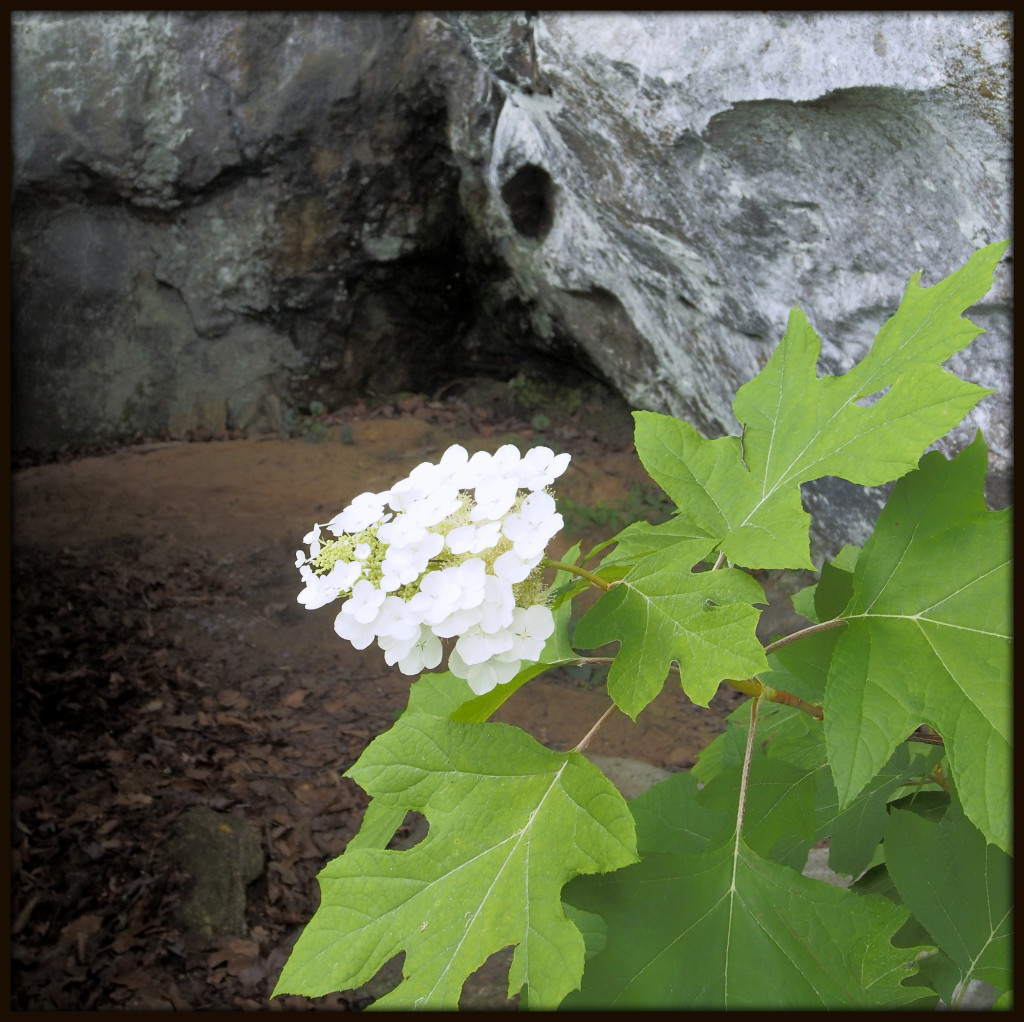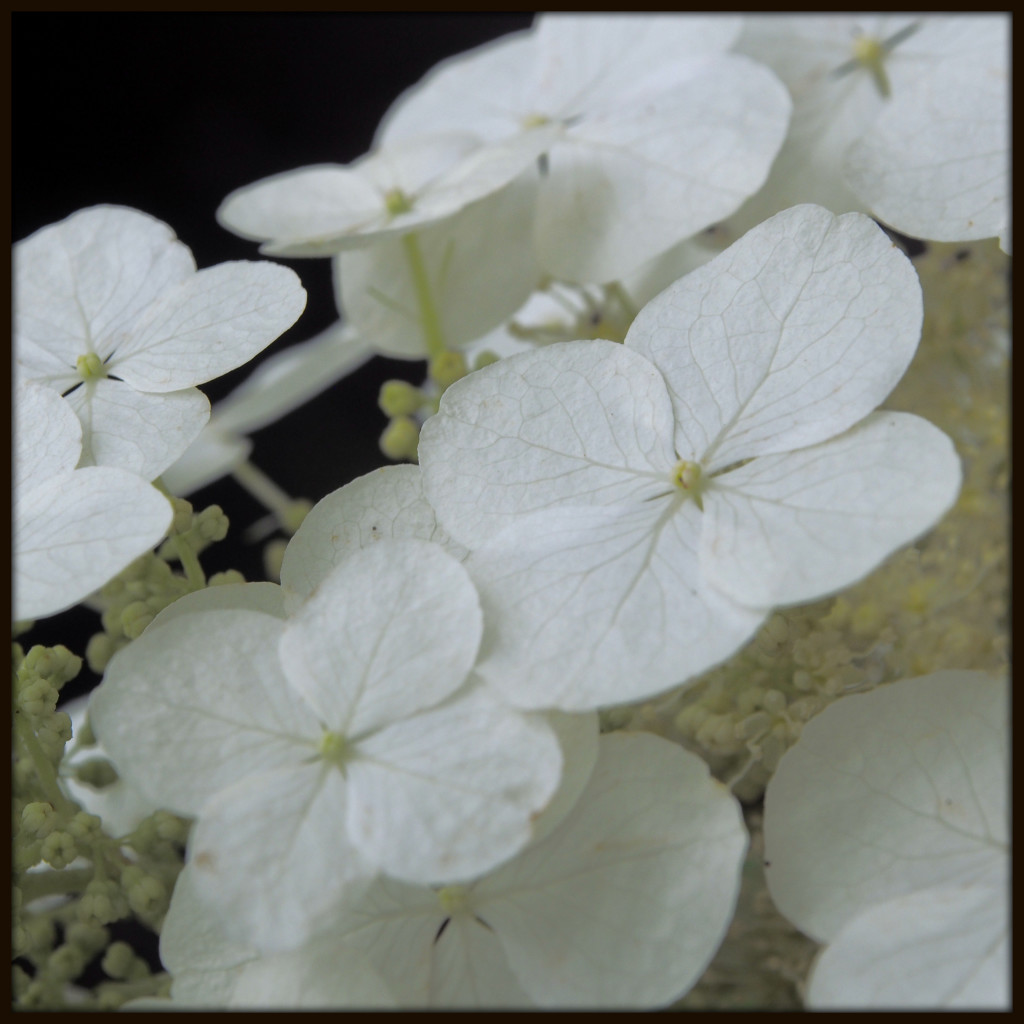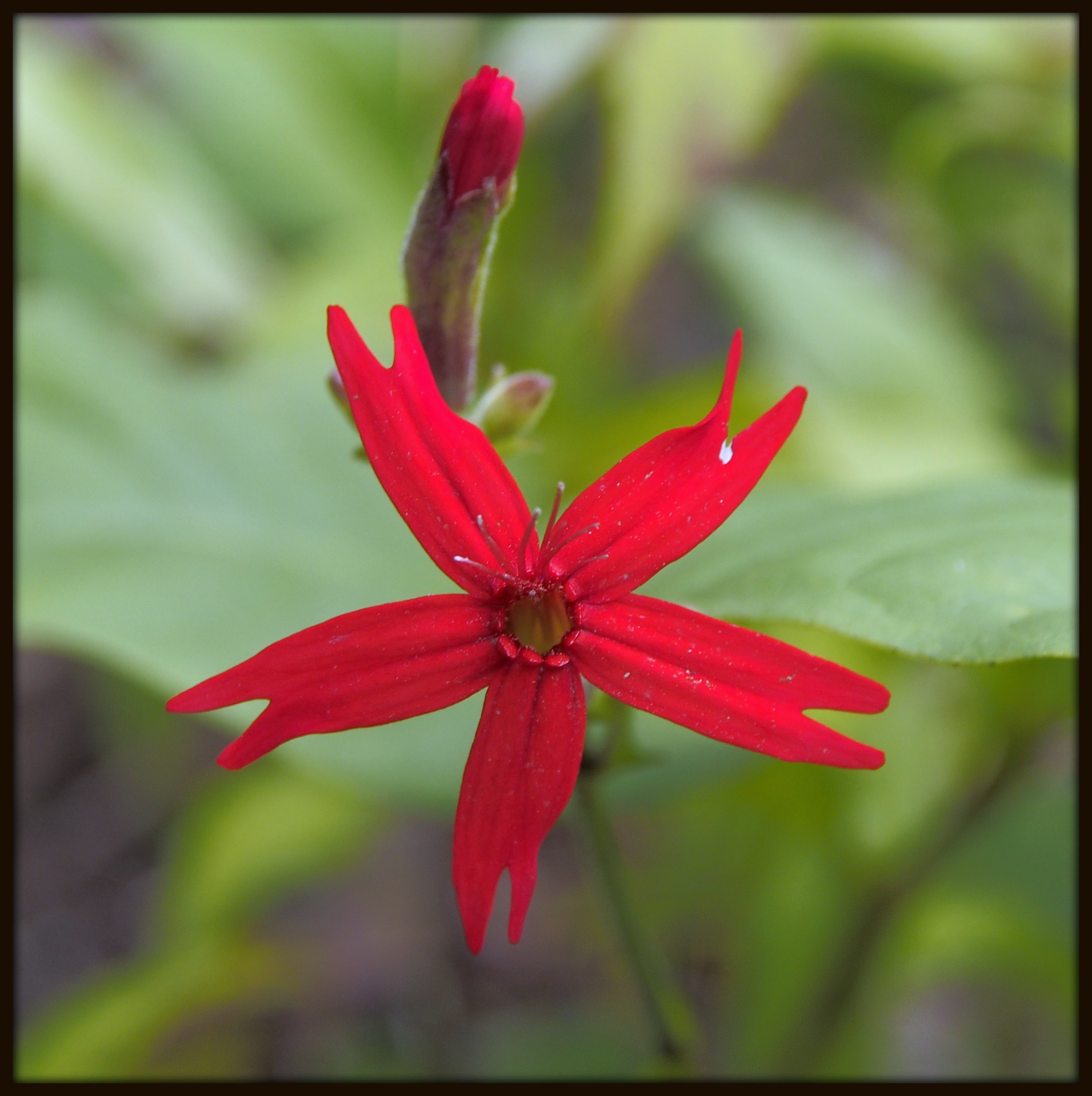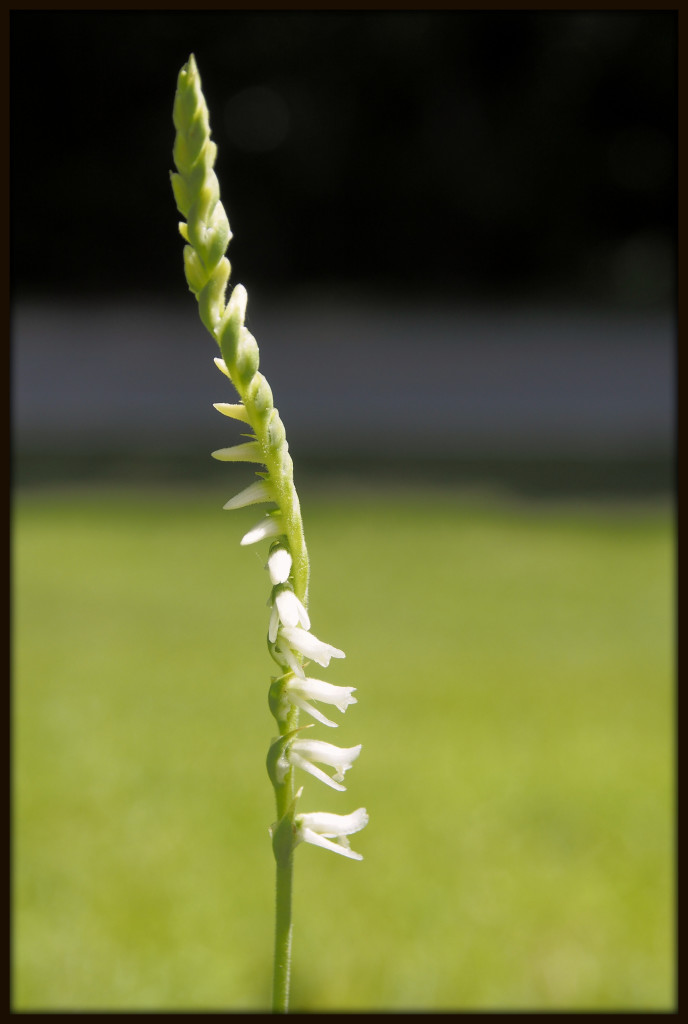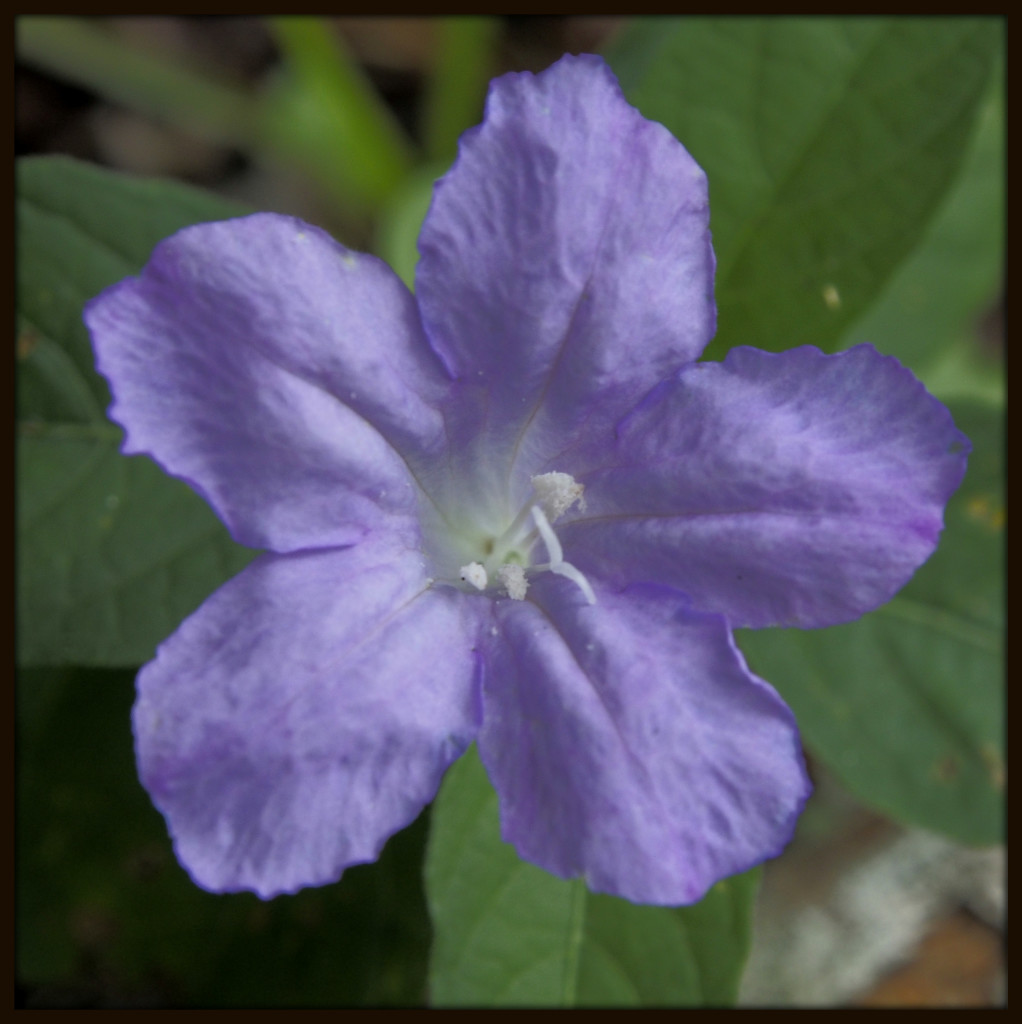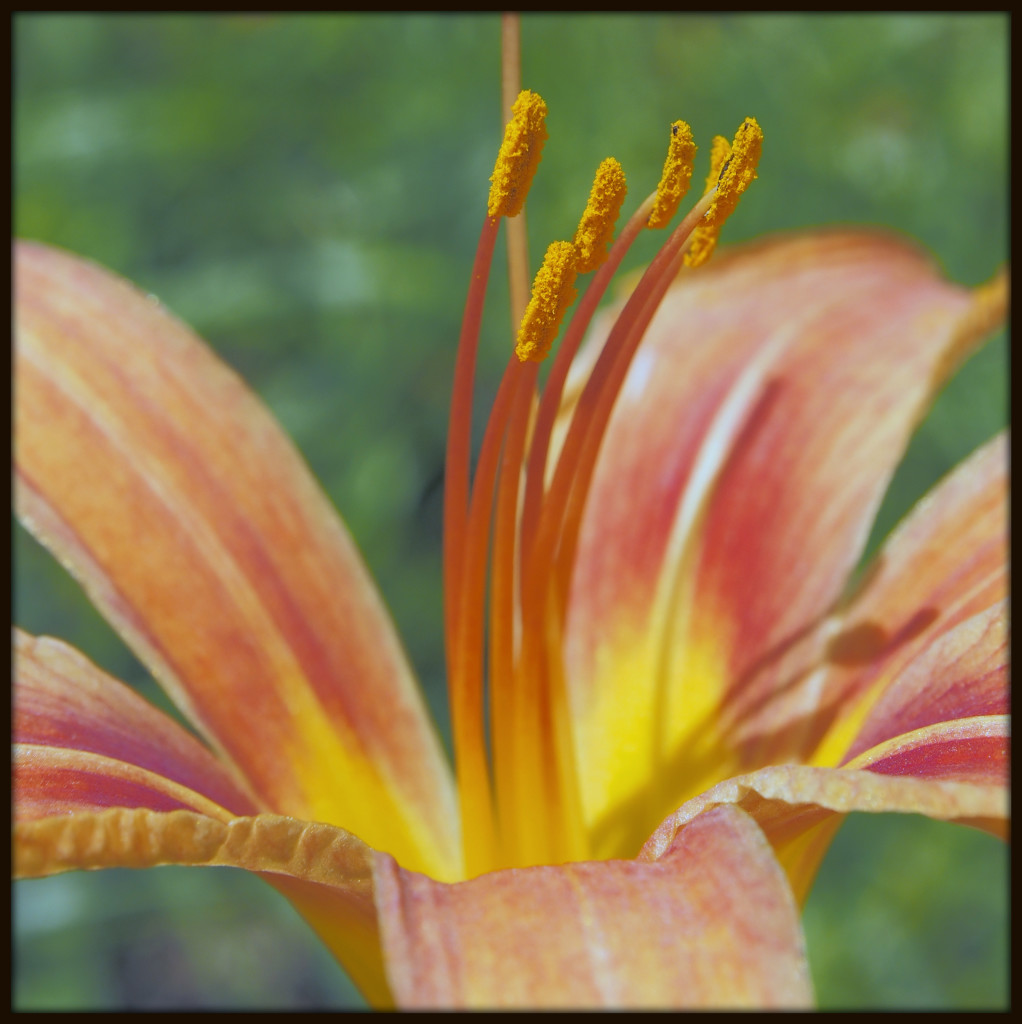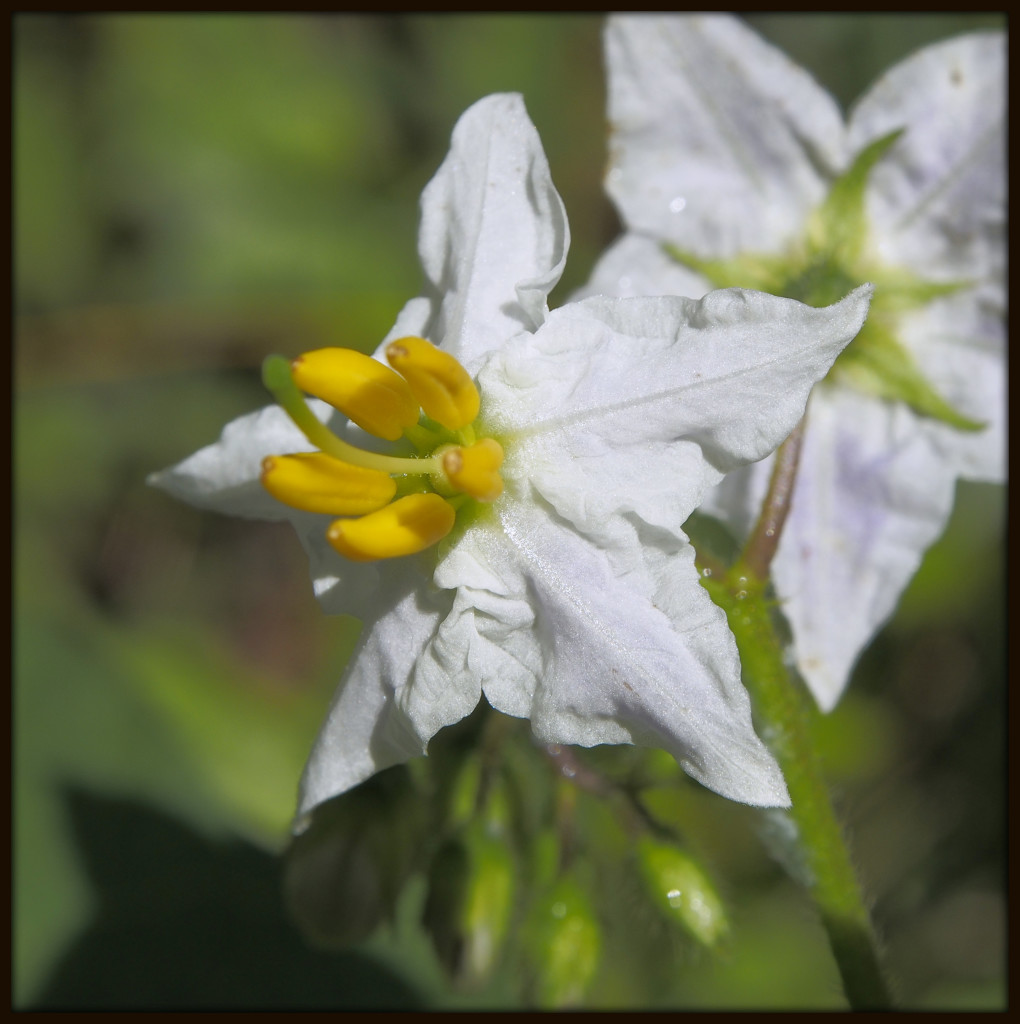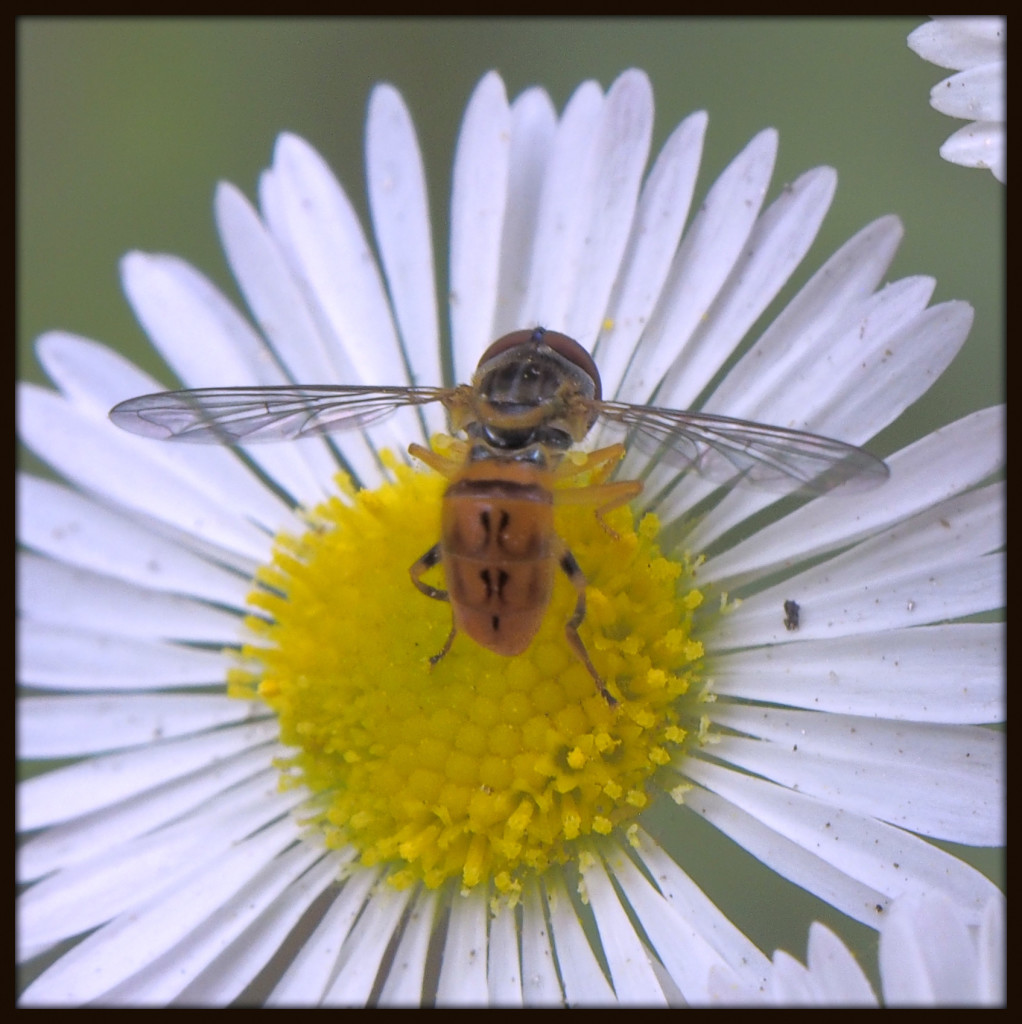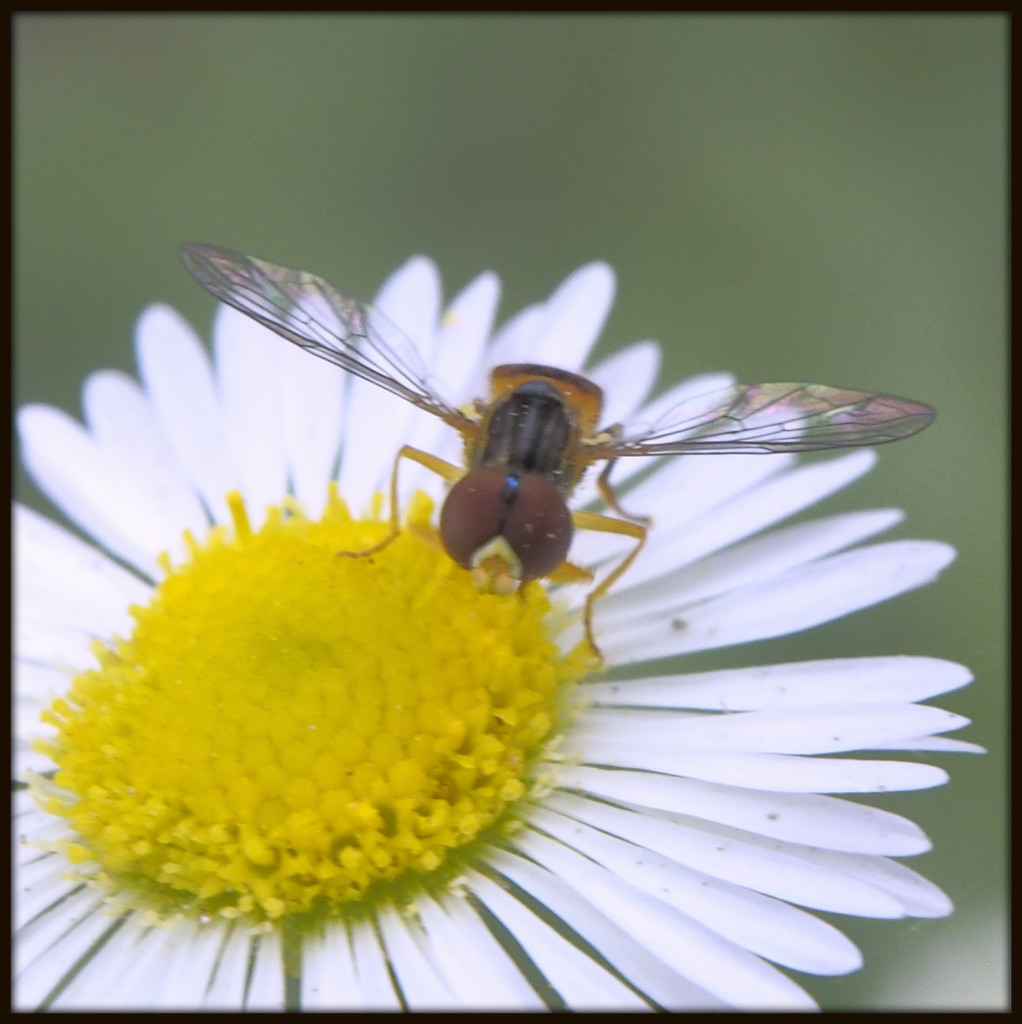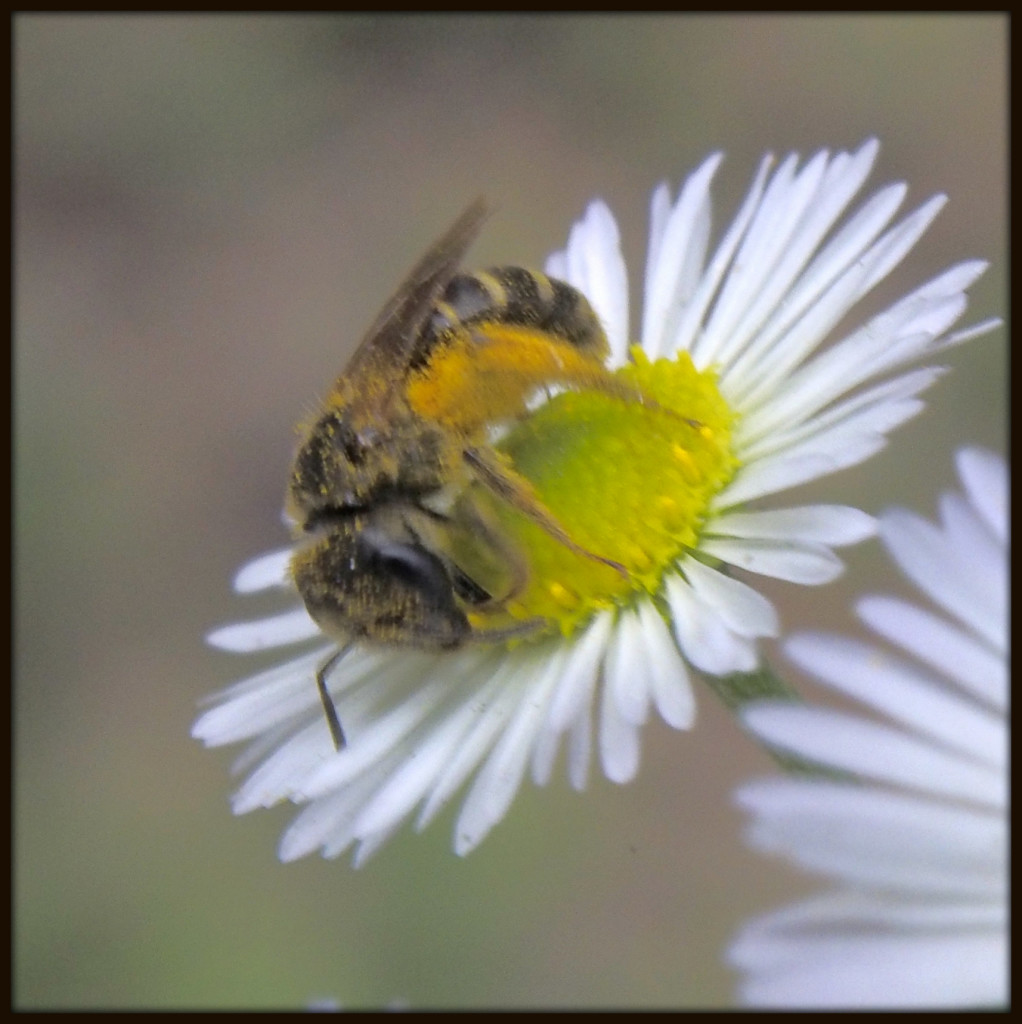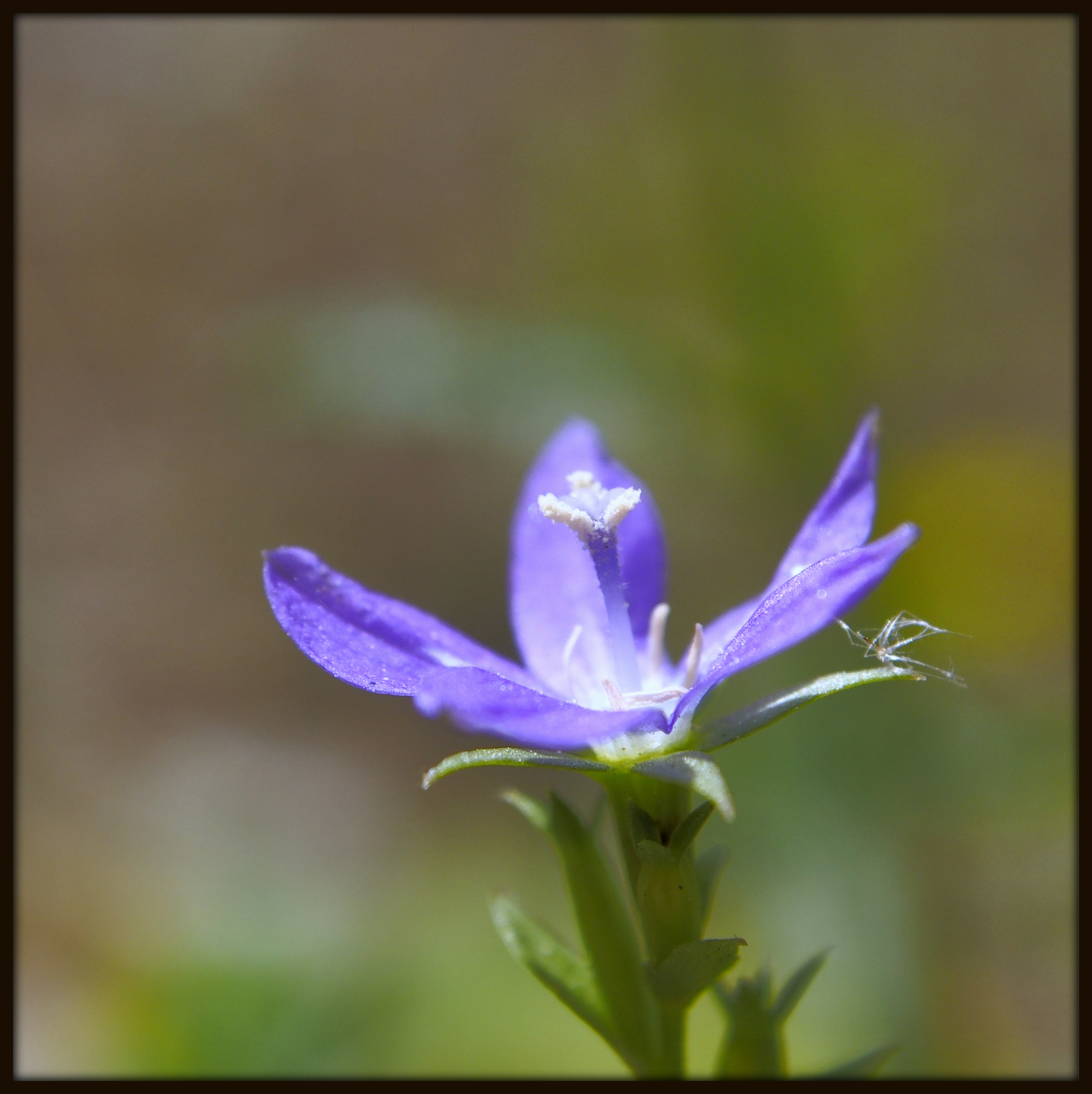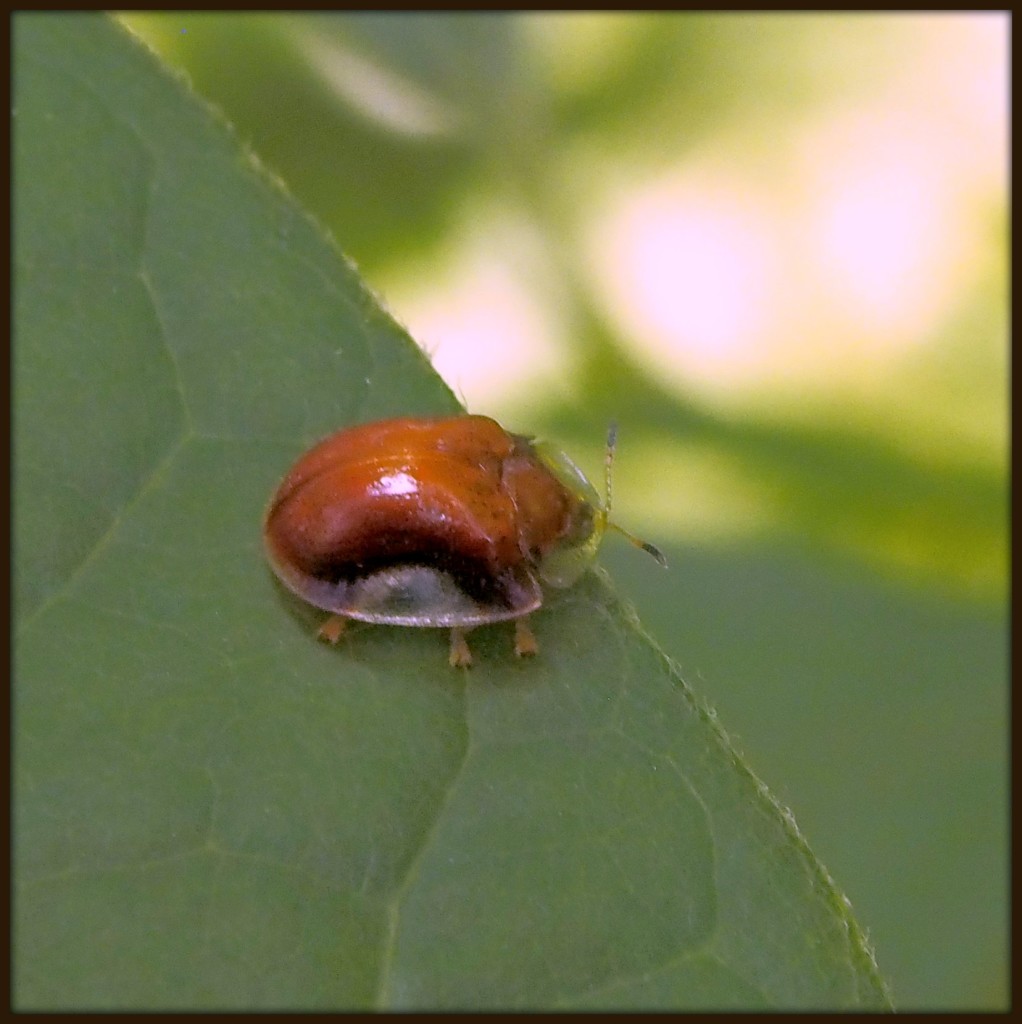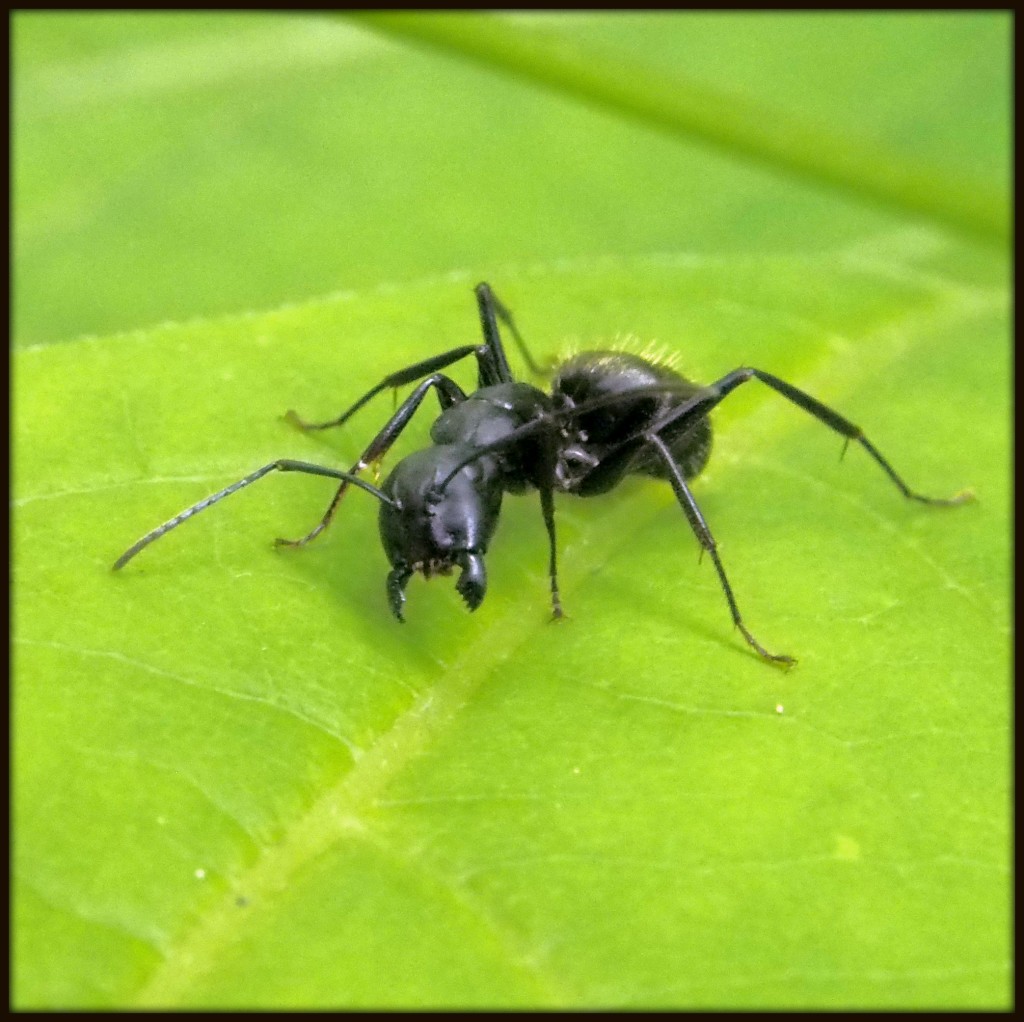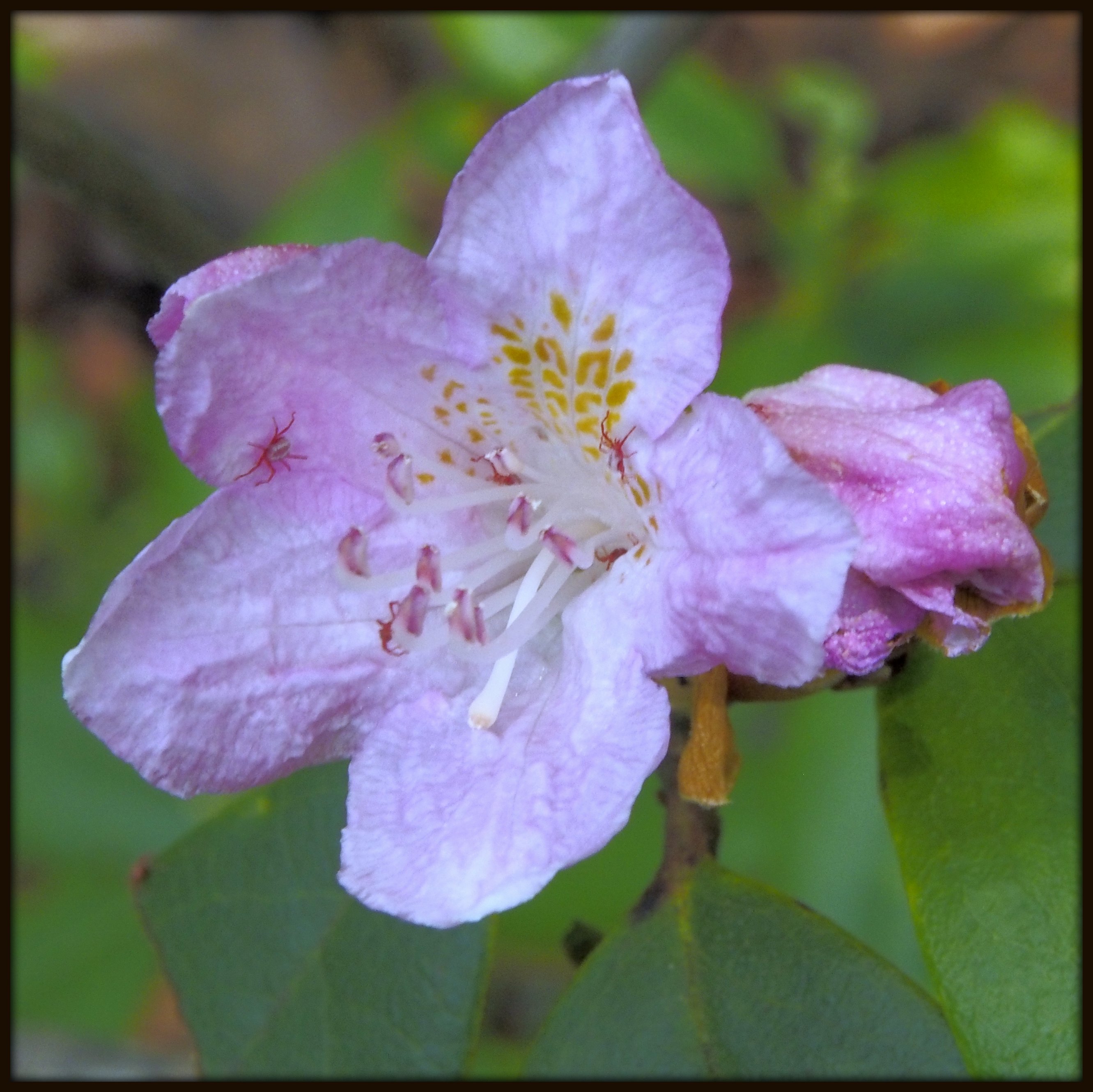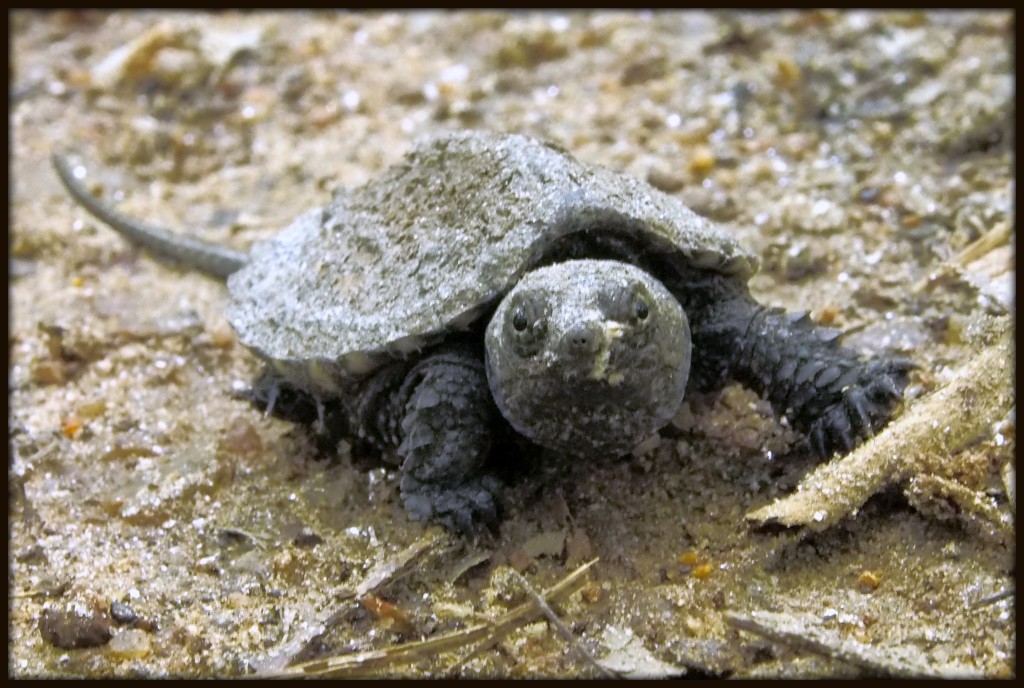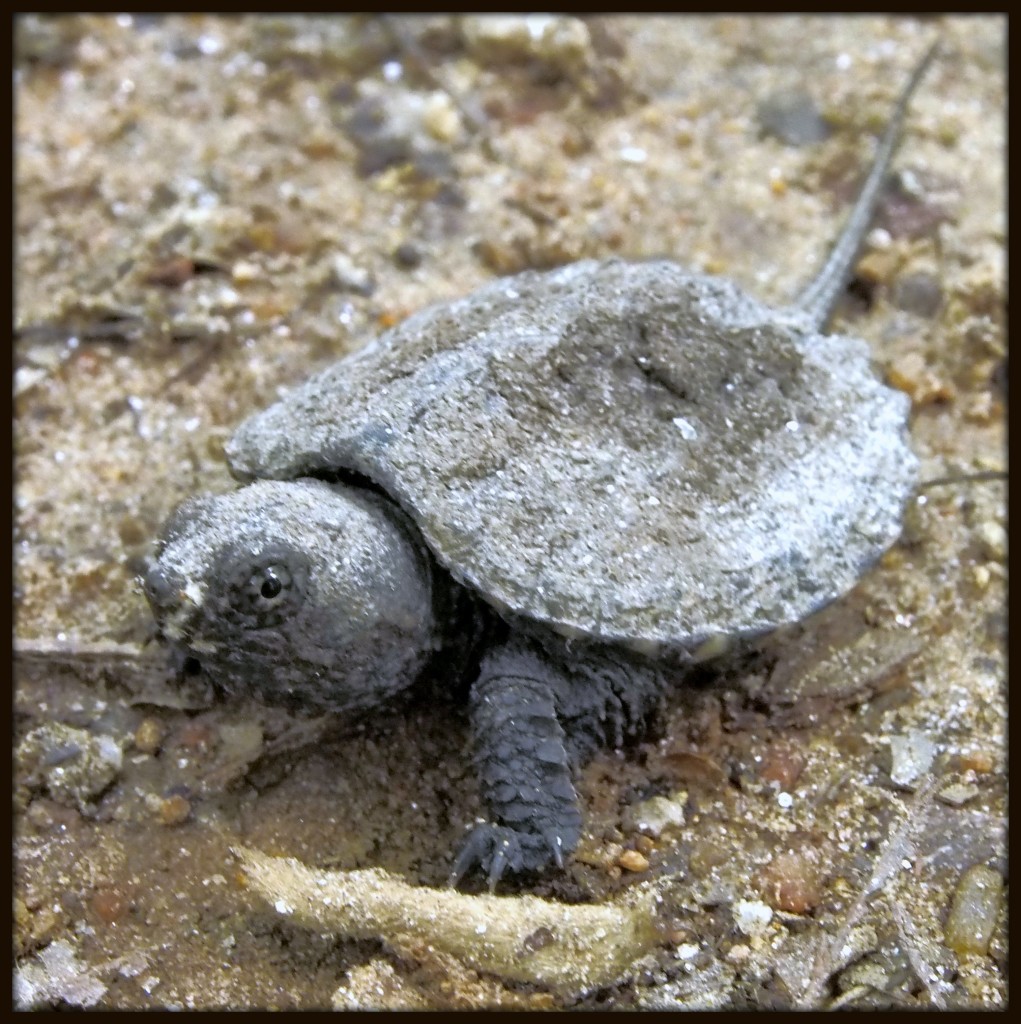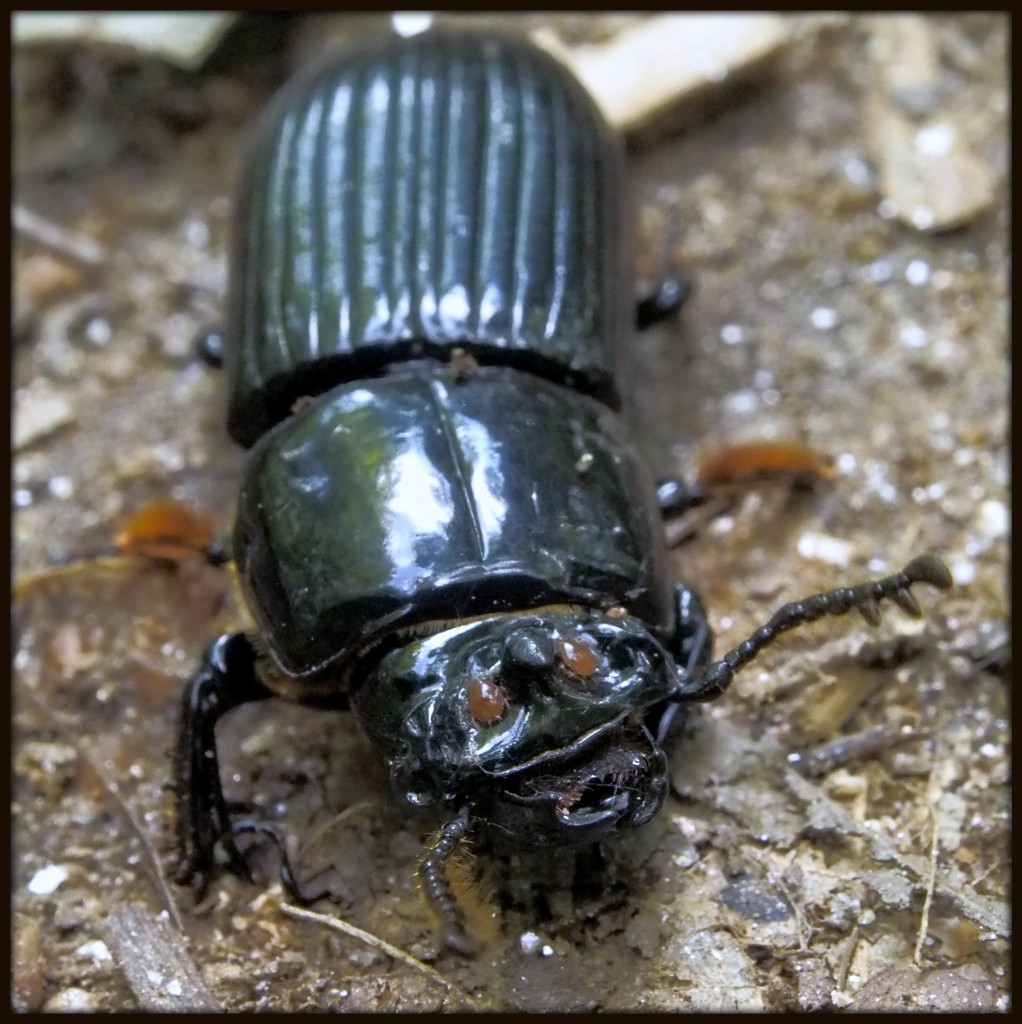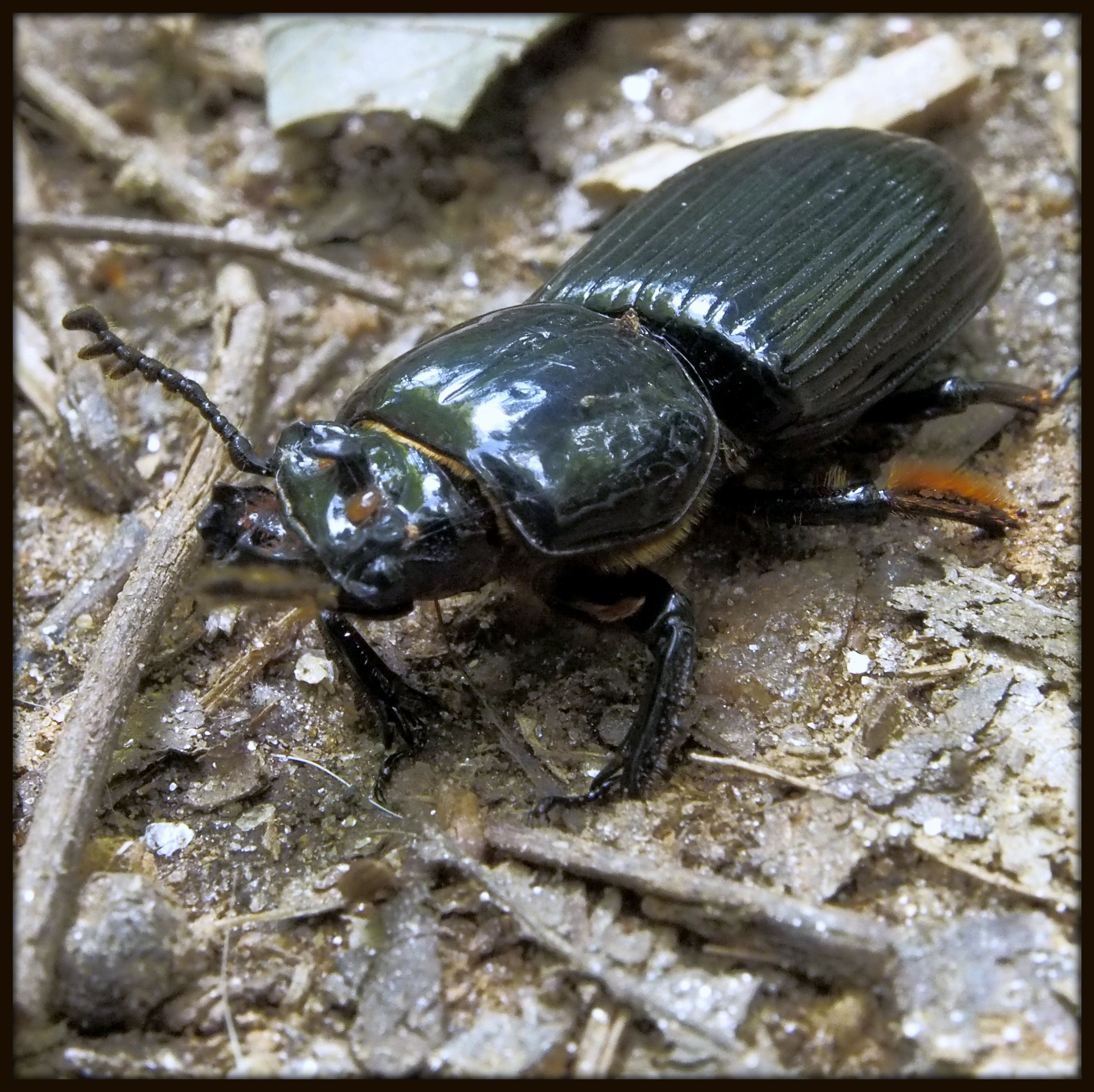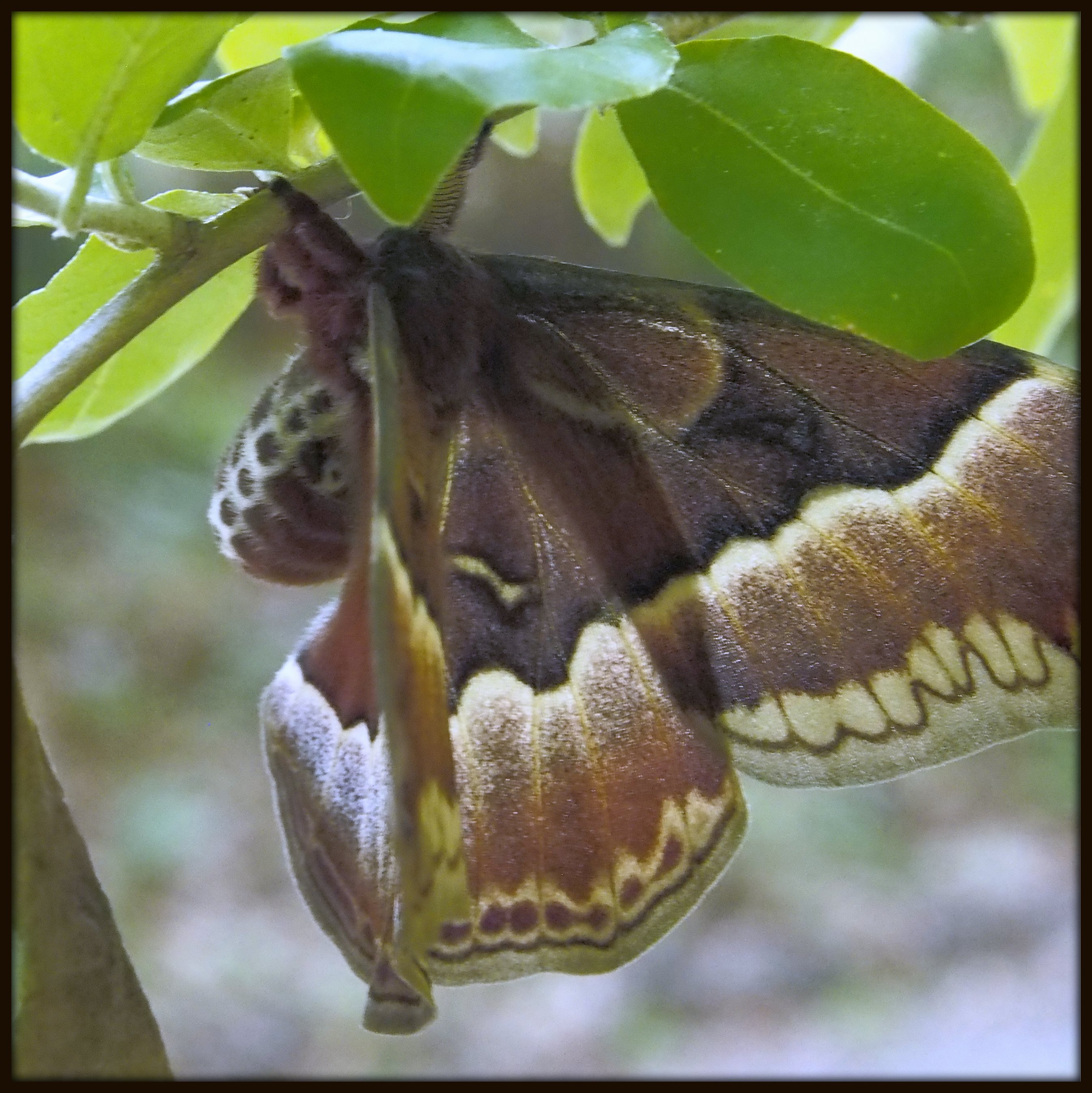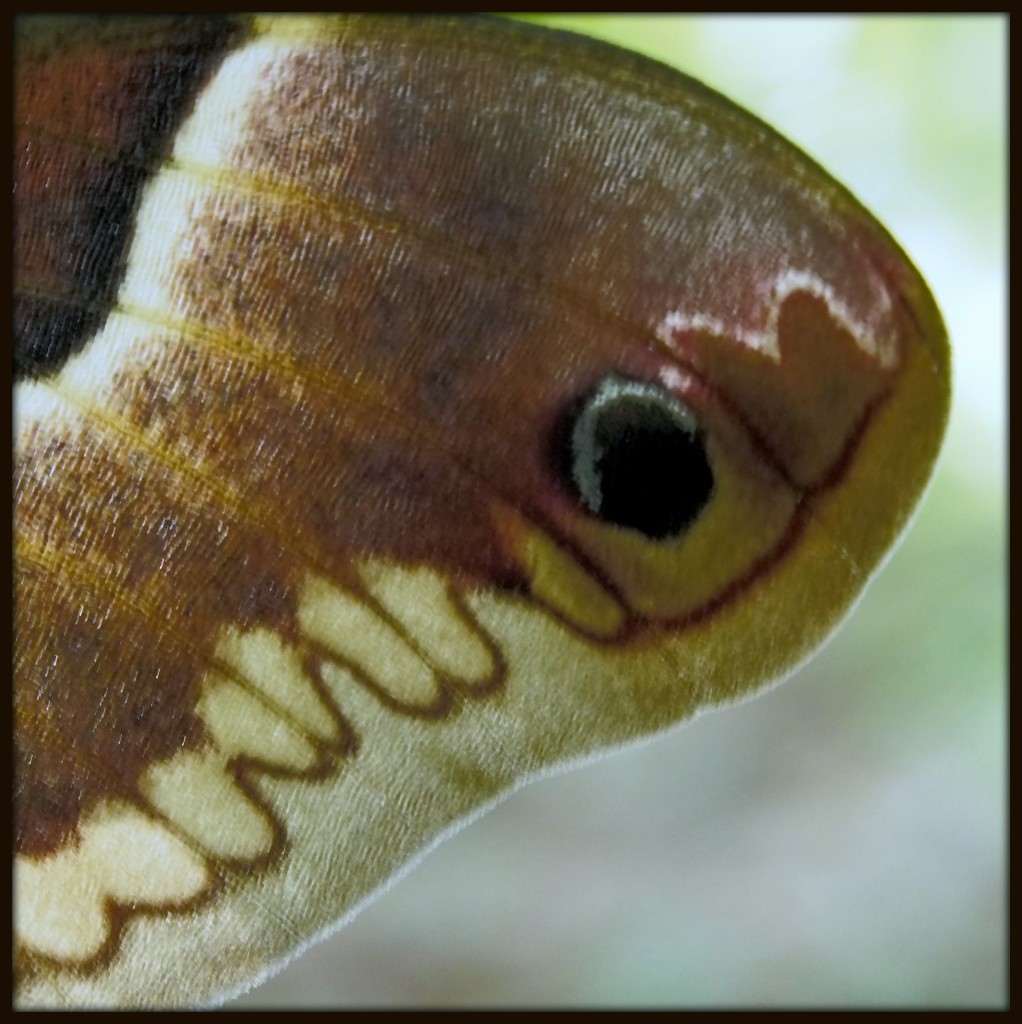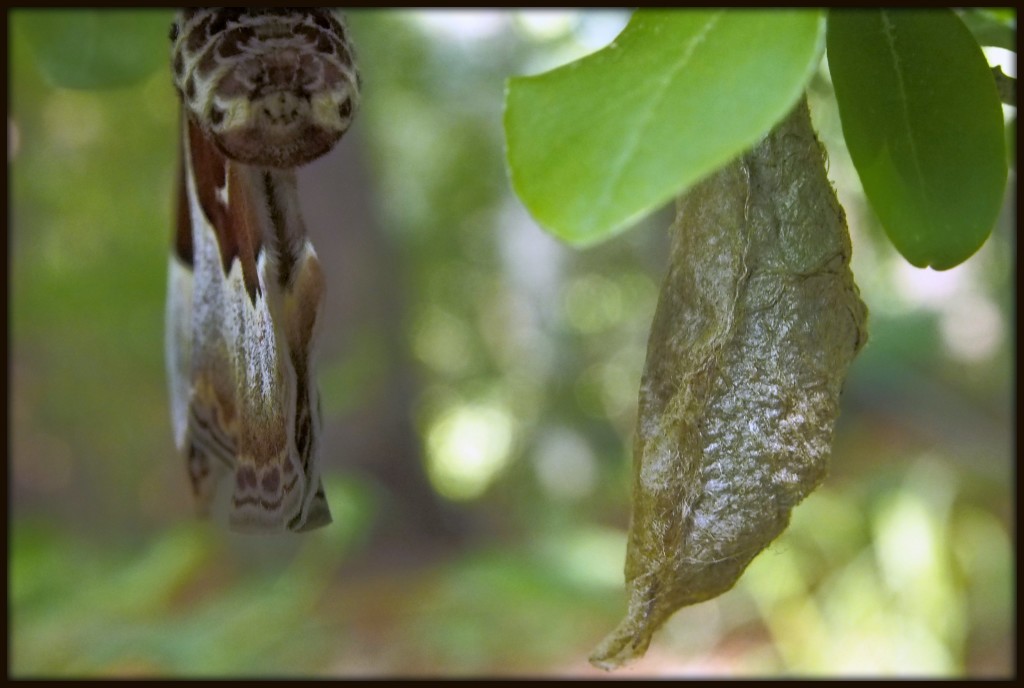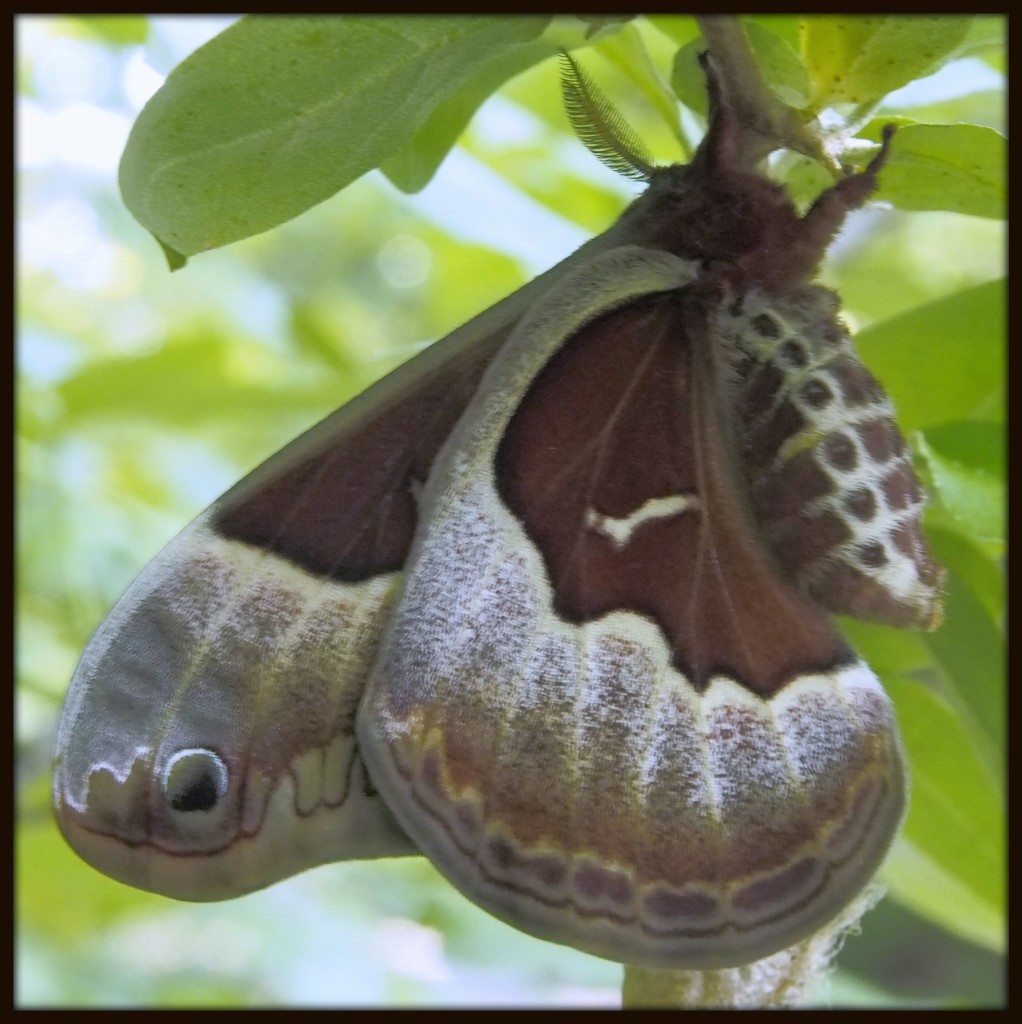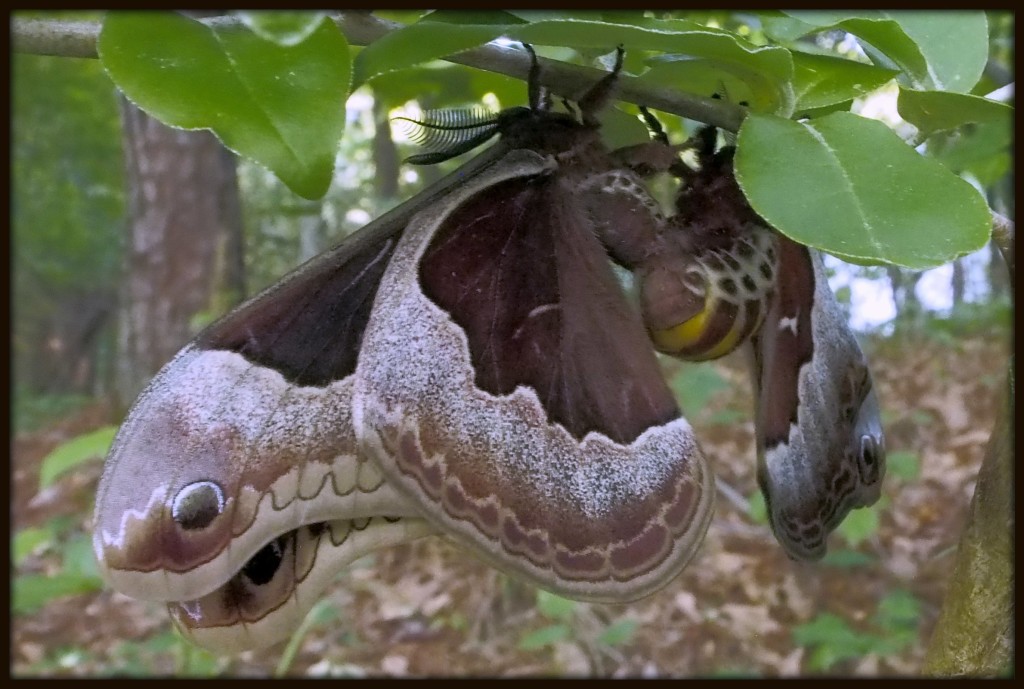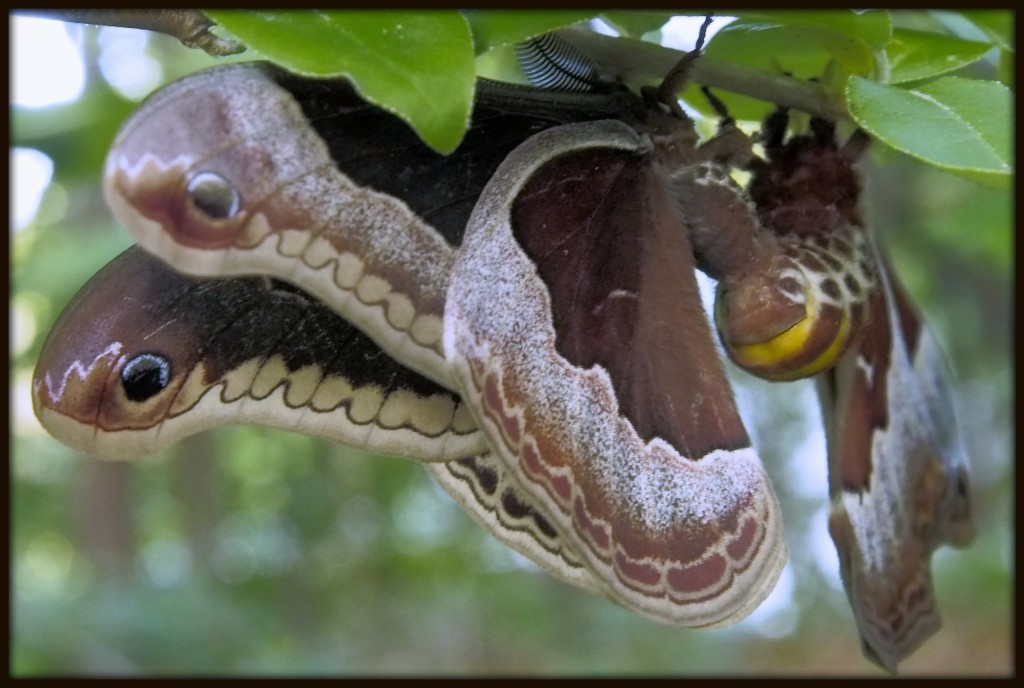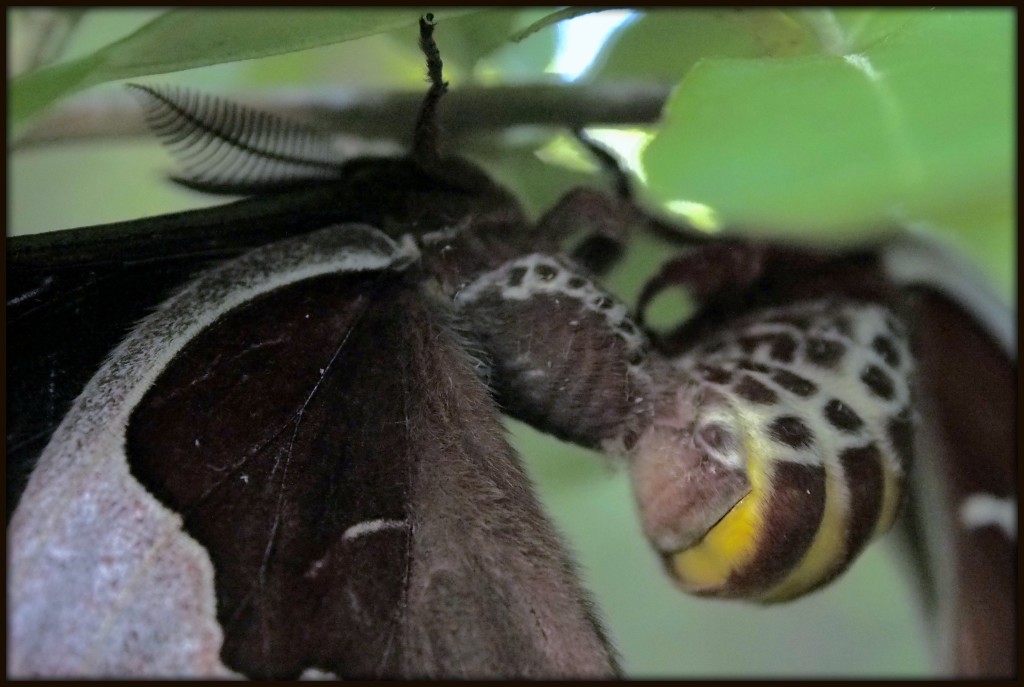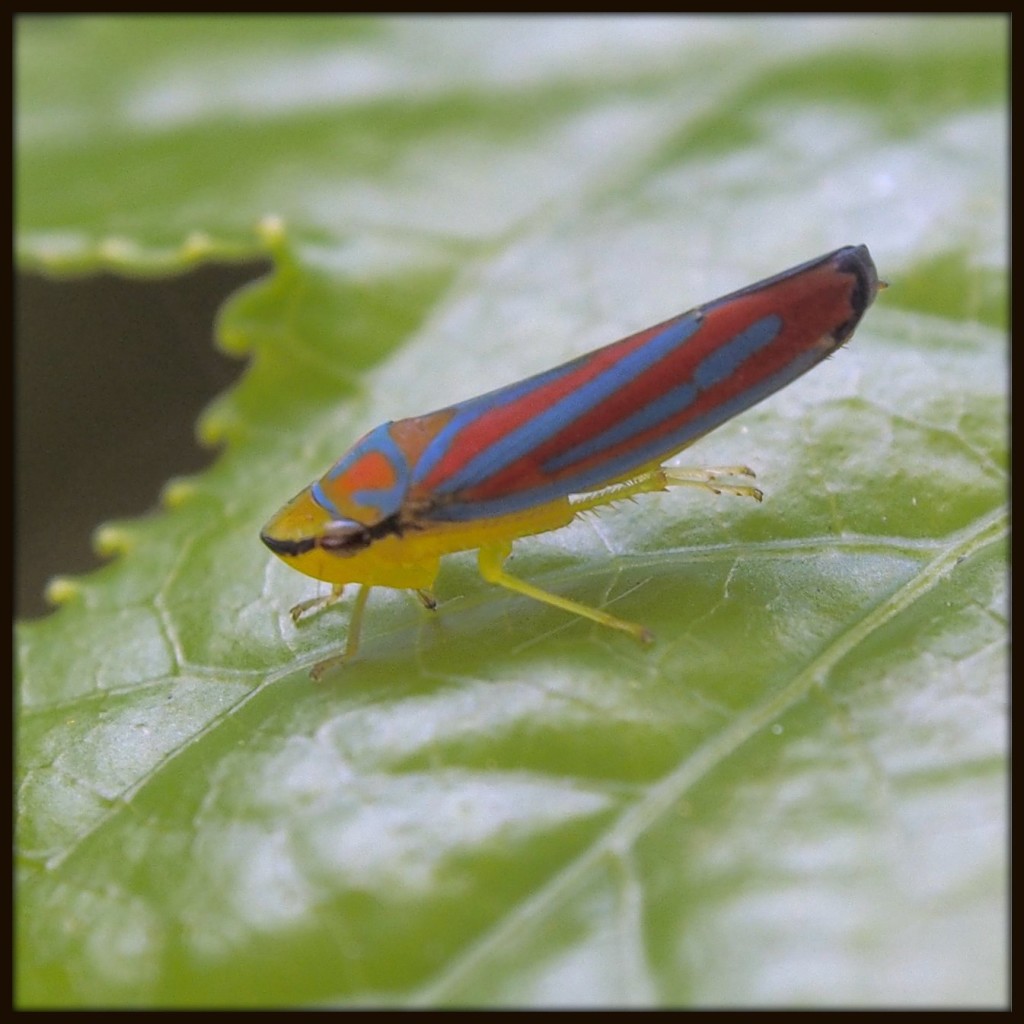Yesterday afternoon, I visited the Shoals Spider Lilies (Hymenocallis coronaria, also known as Cahaba Lilies) along Flat Shoals Creek, in Harris County, Georgia. The property containing the stretch of Flat Shoals Creek where the lilies bloom has been in the same family since the 1830s, and the present owner, A. Stephen Johnson, has placed a Conservation Easement on the land, as well as willing it to the Nature Conservancy. The kind-hearted Mr. Johnson has not only made his land open to the public during the lily bloom period (late May into early June), but has gone so far as to place numerous trail signs and blazes along the path, as well as chairs for visitors to rest along their quarter-mile journey. He has even posted directions to his site here. There is limited parking, and it is a quarter-mile stroll down a pine-needle-covered driveway to reach the trailhead by Mr. Johnson’s cabin.
A bit of context is in order. A few days ago, I pulled a muscle in my leg; two days ago, I was so incapacitated that I had to get around the house wheeling myself in an office chair. It was only possible to visit Piney Woods Church Road by car, after an ordeal getting between the house and the garage. Yesterday, earlier in the afternoon, I hobbled down part of Piney Woods Church Road under my own steam, but only dared to venture part-way. Still, I hesitated to abandon the trip. I felt compelled to visit the Shoals Spider Lilies, whose bloom I consider to be one of the great natural wonders of the Southeast.
There are many species of spider lilies in the Southeast, but the Shoals Spider Lilies are among the most rare of them all. Thanks largely to dams and impoundments, the lilies (which grow only on islands among rocky shoals at the Fall Line in Alabama, Georgia, and the Carolinas) are restricted to about 50 populations. Among the most robust of Georgia’s holdings is this one, outside West Point, Georgia.
After an easy drive down I-85 and less than four miles of two-lane highway, we arrived at Mr. Johnson’s site. We parked our car at the driveway gate and set out down the trail. Thanks to a walking stick, I managed to press on down the driveway lined by mixed hardwoods and pines, along with a couple clusters of blooming wintergreen, which I admired but did not photograph. I was eager to see if the lilies were, in fact, still in bloom . We arrived at Mr. Johnson’s cabin; sadly, he has had to put iron bars over the doors and windows and install an alarm system, a high price to pay for inviting the public onto his land. A sign pointed to the beginning of the trail; below the sign, a pile of hiking sticks awaited reuse. A short jaunt through a forest that felt closer to an Appalachian woodland than a Piedmont one led us to a series of overlooks of the Shoals Spider Lilies, each one equipped with several lawn chairs. A sea of white greeted us as we looked out across the creek. We continued on, arriving at last at a convenient spot for accessing the water. Here, not only were chairs provided, but also a number of pairs of old sneakers for wading in the water. I did not have the courage to risk jeopardizing my injured leg by setting off into the stream channel; fortunately, a couple of flat rocks by the water’s edge led me to several blooming lilies. I was entranced, taking photograph after photograph of them. Like tulip poplars leafing out, the lilies have such complexity, such grace, that it is impossible to take a single picture and check them off a life list (if such a thing exists for wildflowers).
Here are a few images from my time among the lilies.
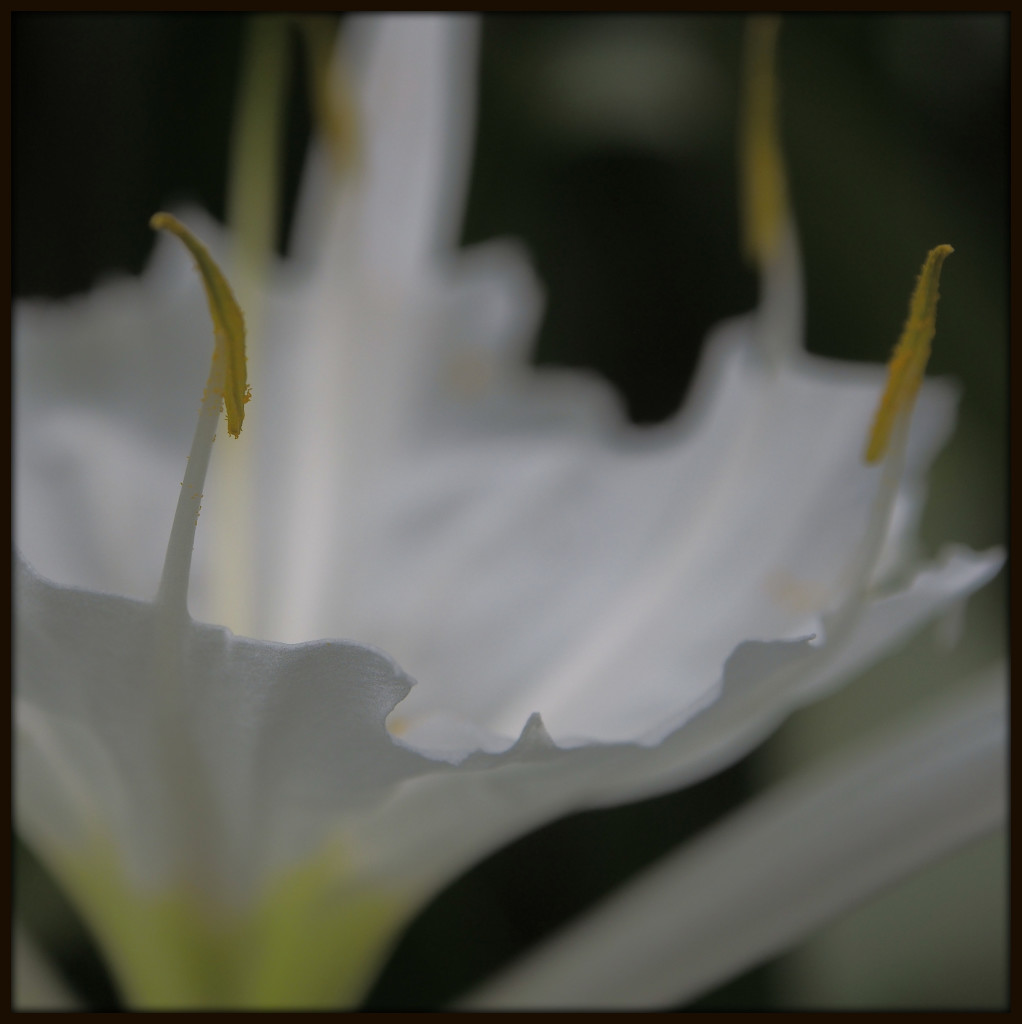
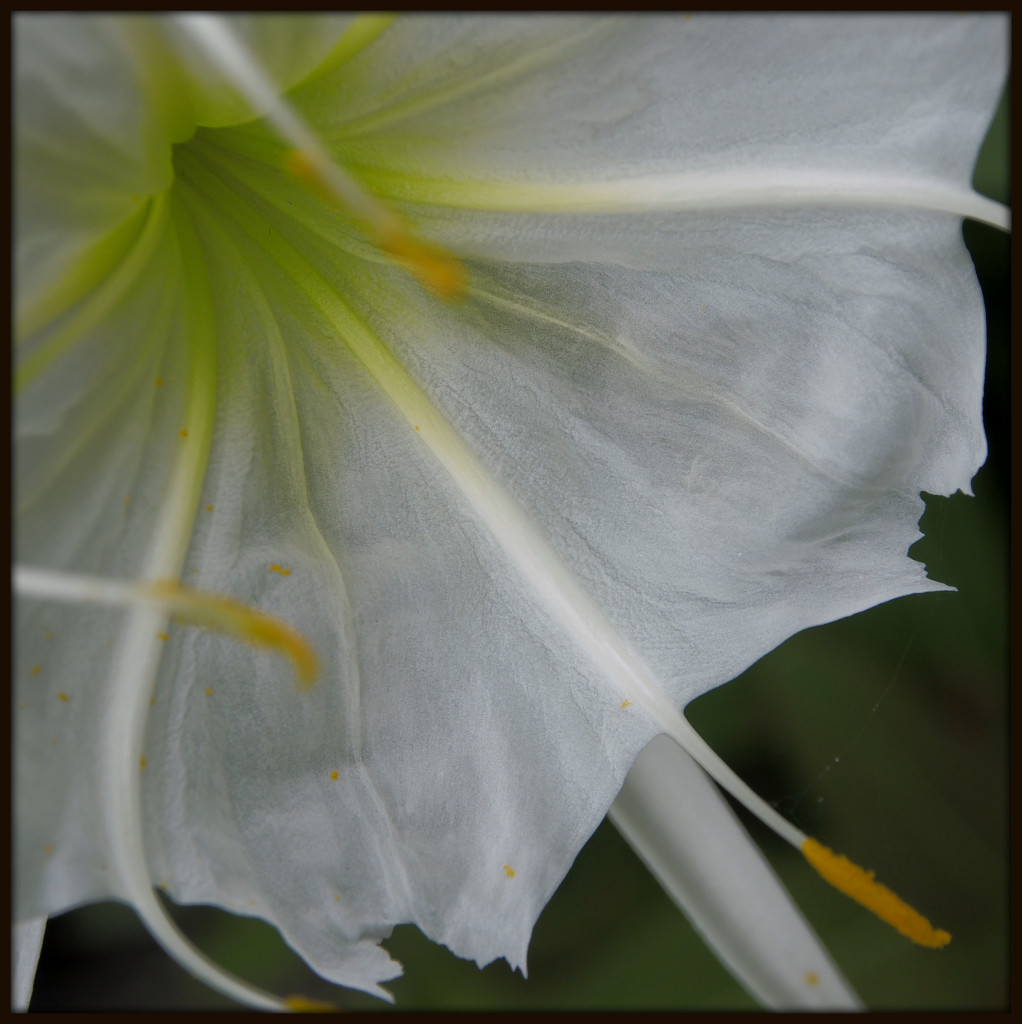
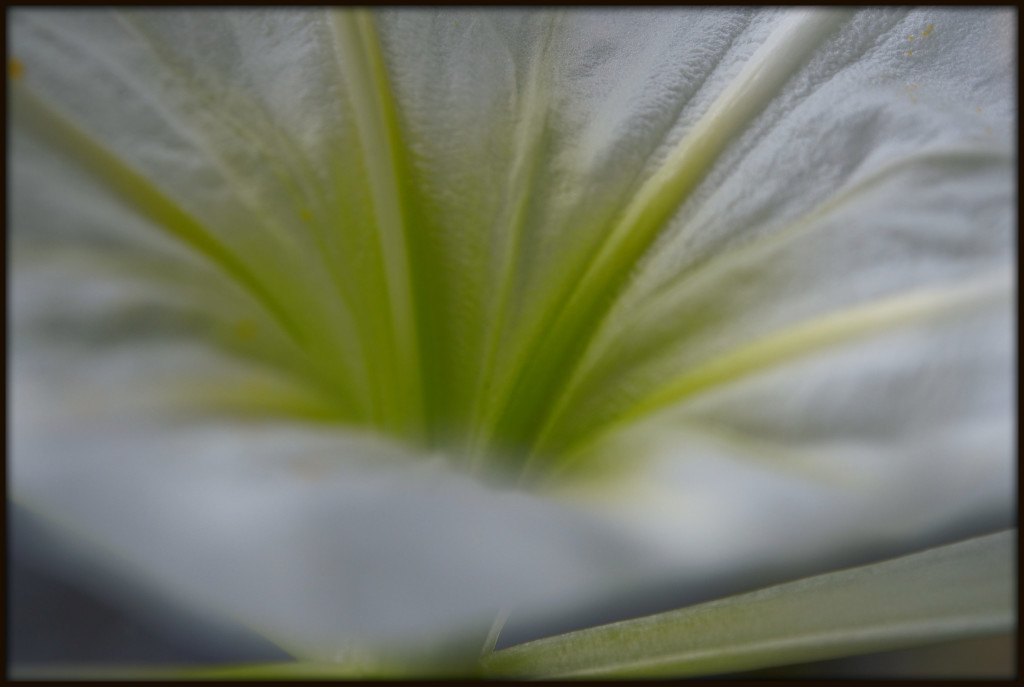
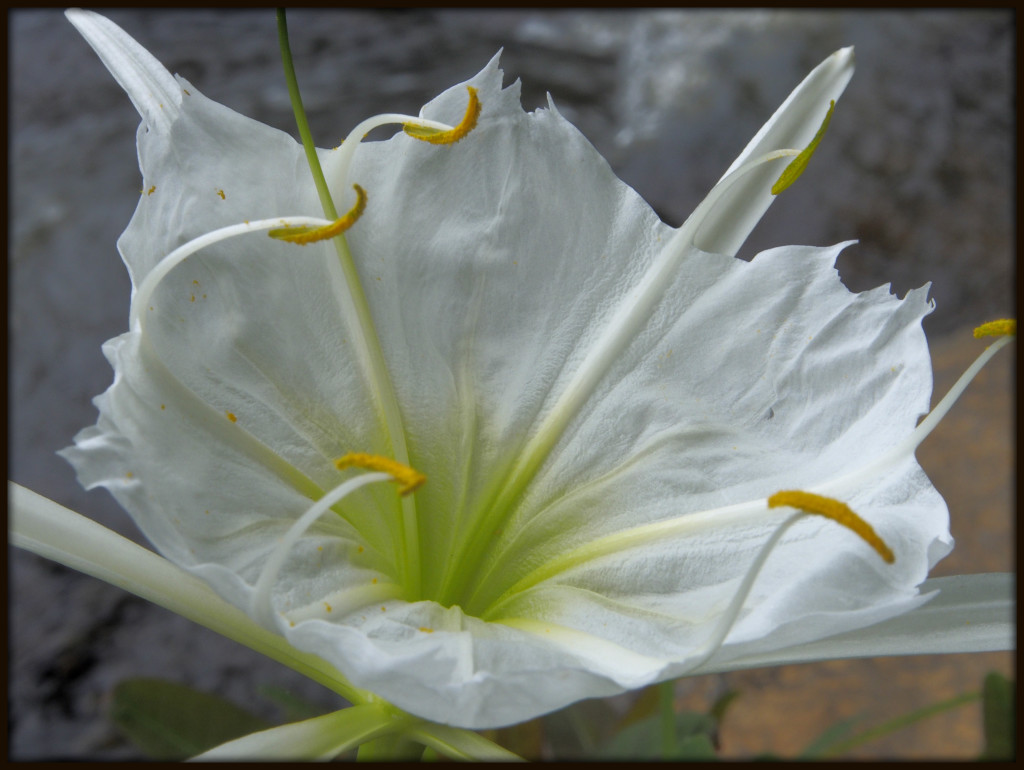
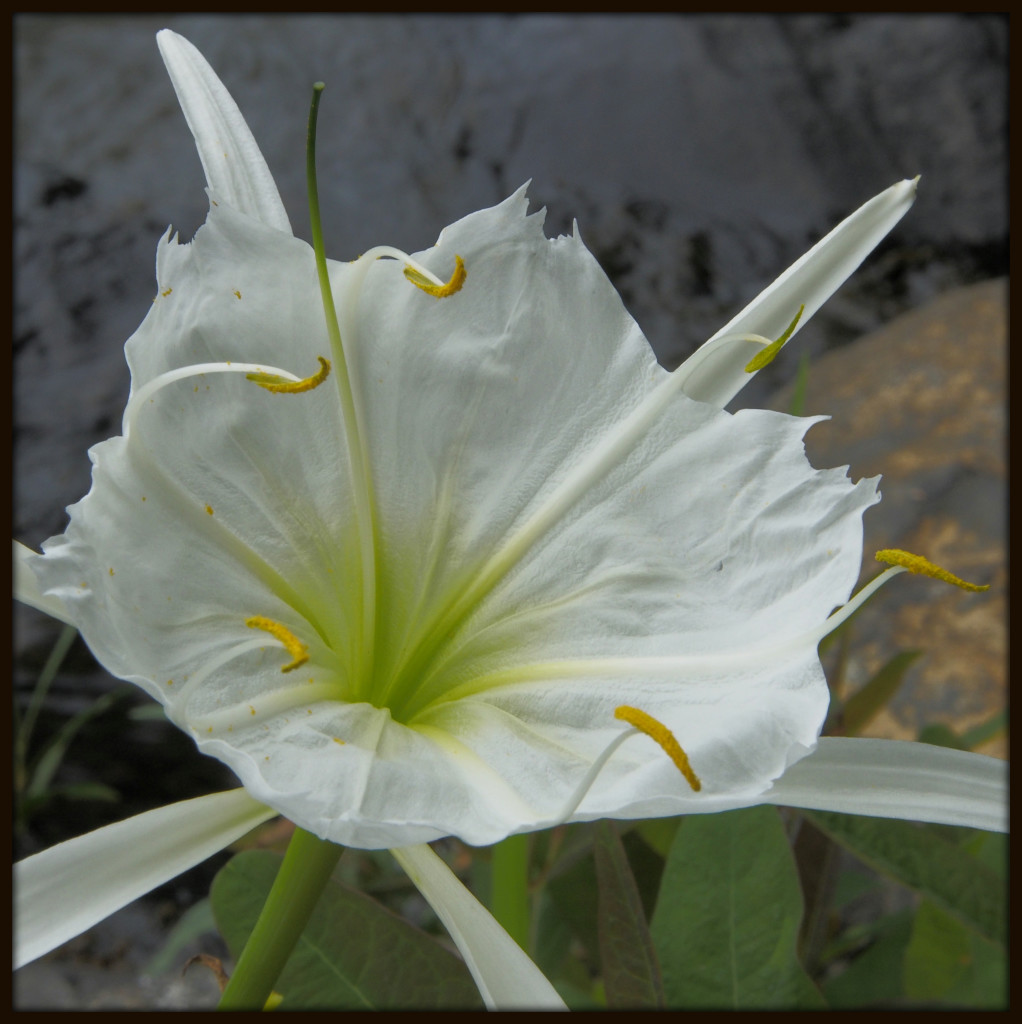
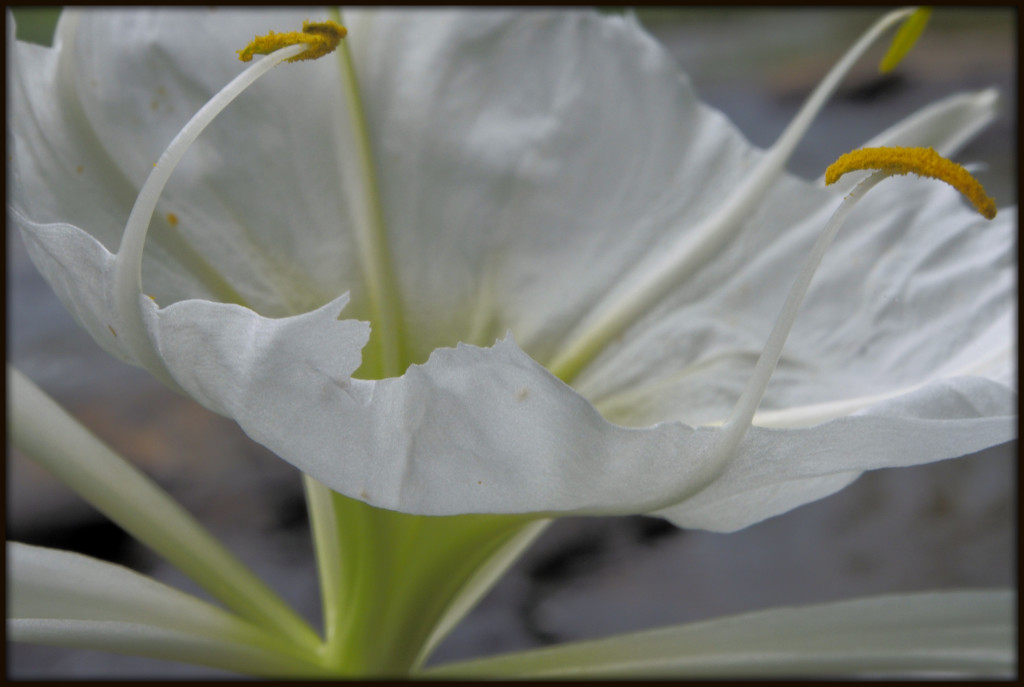
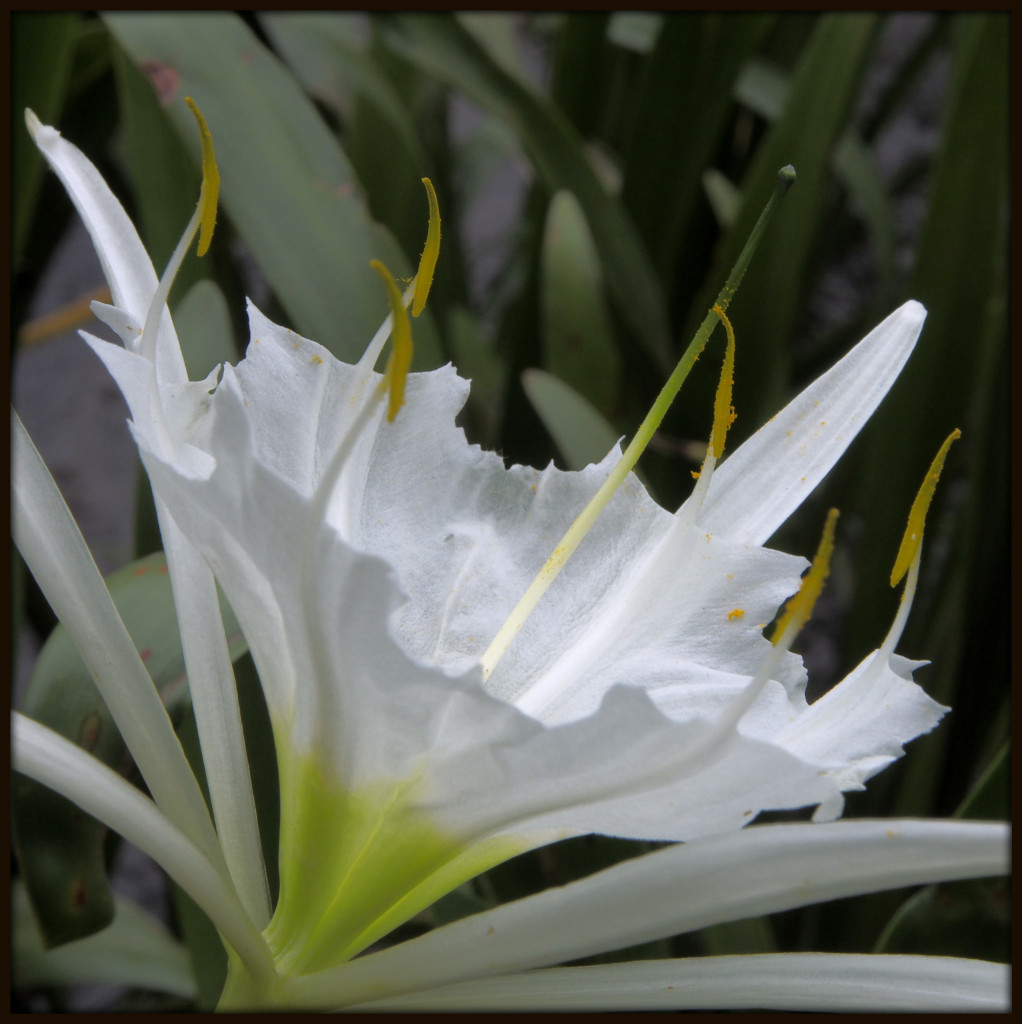
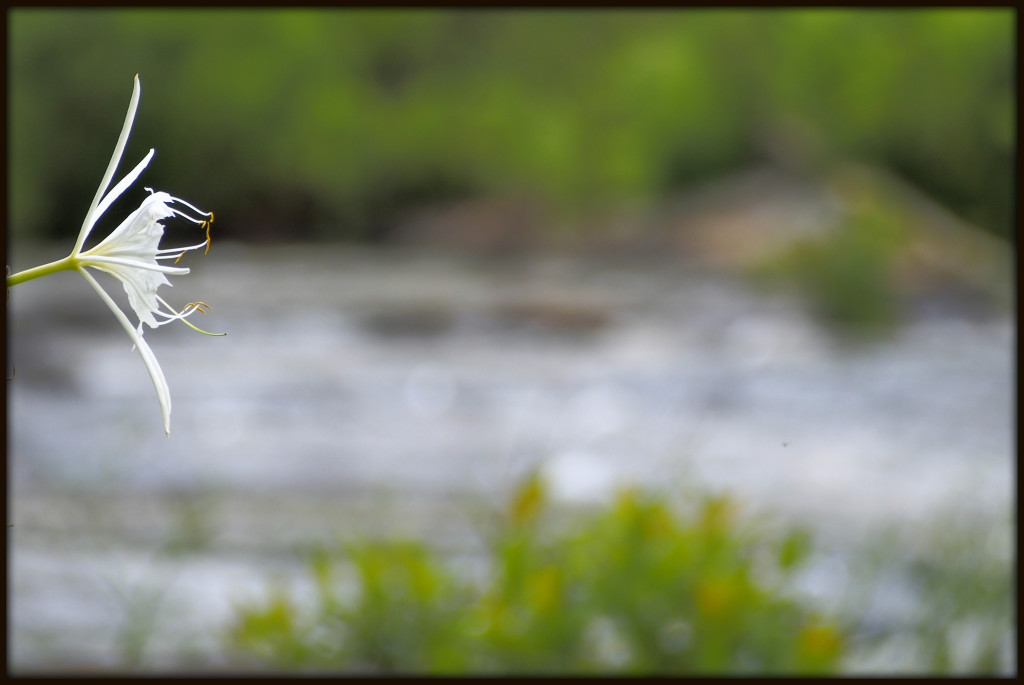
Among the lilies, I also saw quite a few half-inch blooms of a lovely magenta, blue, and white orchid-like flower, which I was able to identify as American Water Willow (Justicia americana), a native perennial herb commonly found in dense colonies in shallow streams and rivers throughout the eastern United States. Although not as showy as the Shoals Spider Lily, the American Water Willow provides great cover for aquatic life, including frogs and fish.

Emboldened by having somehow managed to walk as far as the lilies, I noticed that the trail continued upstream, toward “Cades Cave”. The further I went down the trail, the more I felt committed to seeing whatever was at the end. This trail was less heavily traveled, though, and much steeper in places. I pressed on, perhaps another quarter mile, to what was more like a cove than a cave; a massive rock had fallen from the steep bank of the stream, forming an alcove without a roof beside the creek. While it was a bit anticlimactic, nearby were showy white blossoms of Oakleaf Hydrangea (Hydrangea quercifolia) and brilliant red blooms of Fire Pink (Silene virginica).
